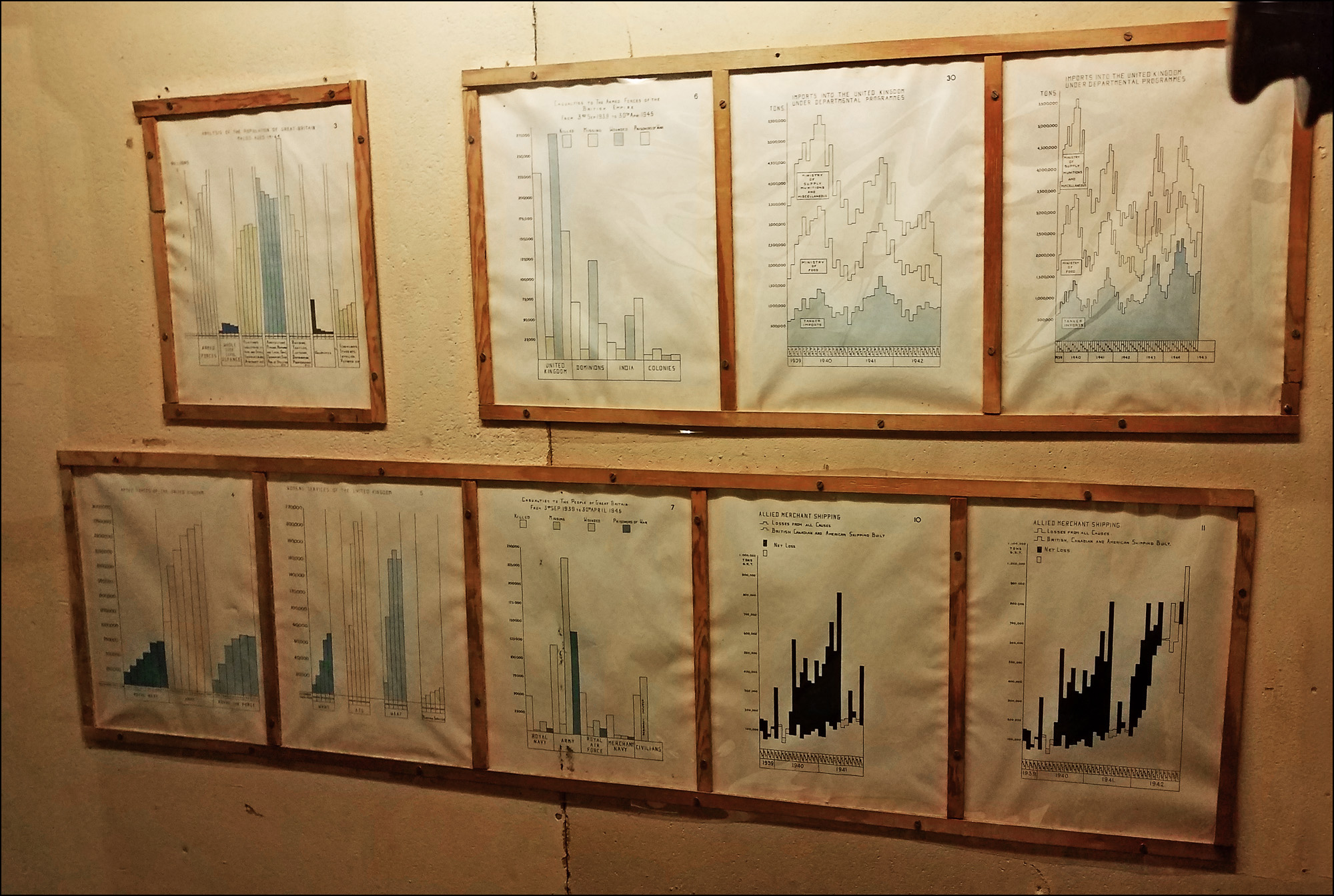What follows is a fairly petty gripe, and right at the start I want to say that I understand why things are the way they are. If I were in charge of a museum, I’d run things the same way. And yet….
I’ve long had sort of a nagging grumble about the professionalization of everything. Retail. Food. Magazines. Politics. Blogs. Blah blah blah. This is wildly hypocritical of me, since I personally insist on a pretty high degree of professionalism myself, but there you have it.
For some reason, this struck me harder than usual in the museum space on this trip. They are all basically identical. You approach the ticket counter, which seems to be staffed by the exact same cadre of well-scrubbed young people as the last one. You look at the tariff board, smartly printed in Univers or Helvetica for maximum readability. Not that you really need to bother: they’re all the same. It will cost €20 per person, maybe €19 if you’re over 60. You get a little pamphlet. Your ticket is scanned. You walk through the exhibits, guided by a very well-done audio tour. Everything is explained by neatly printed signs. You exit through the inevitable gift shop, all of them basically identical except with different details on their mugs and keychains. And then you leave.

It’s all well crafted and informative. But also somehow lifeless, simply because they all look so similar. The same tickets. The same prices. The same signboards. The same inoffensive, committee-written text.
I don’t know why, but the museum where this hit me the hardest was the Cabinet War Rooms. The rooms were all there, visible though plexiglass. The furniture was neatly arranged. The mannequins were realistic. The audio tour was competently done. The path from start to end was clearly laid out.
But I ended up with no real sense of what the place was like during wartime. Maybe there’s no way to do that. But somehow I felt like a bit of a robot walking obediently from station to station.
Maybe it’s just me. Anyone else feel the same way?
ON THE OTHER HAND: Kudos to the Cabinet War Rooms for entertaining me with my favorite form of communication: charts. Lots and lots of them. That was kind of cool.


















